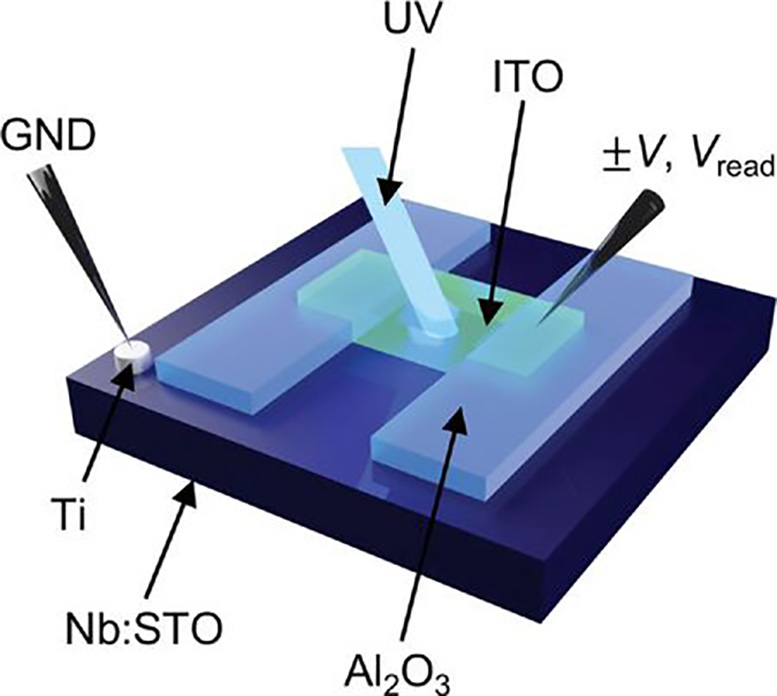
Edge computing receives a significant boost from a new optical device developed by researchers from the Tokyo University of Science, capable of real-time signal processing across various timescales. This device, demonstrating high classification accuracy on the MNIST dataset, represents a leap forward in efficient and cost-effective computing at the edge, offering a promising solution for applications requiring rapid data processing and analysis.
Researchers have created an edge computing device aimed at overcoming the limitations of conventional cloud computing, enabling quicker data processing with reduced computational expenses.
Every day, vast volumes of data from weather forecasts, traffic updates, and social media feeds are processed in real-time. In the realm of traditional cloud computing, this analysis takes place on remote servers, leading to potential risks including data breaches, communication lags, reduced processing speeds, and increased energy usage. In this context, “edge computing” emerges as a viable and innovative alternative.
Located near users, it aims to distribute computations, thereby reducing the load and speeding up data processing. Specifically, edge AI, which involves AI processing at the edge, is expected to find applications in, for example, self-driving cars and machine anomaly prediction in factories.
However, for effective edge computing, efficient and computationally cost-effective technology is needed. One promising option is reservoir computing, a computational method designed for processing signals that are recorded over time. It can transform these signals into complex patterns using reservoirs that respond nonlinearly to them. In particular, physical reservoirs, which use the dynamics of physical systems, are both computationally cost-effective and efficient. However, their ability to process signals in real time is limited by the natural relaxation time of the physical system. This limits real-time processing and requires adjustments for best learning performance.
Breakthrough in Real-Time Signal Processing
Recently, Professor Kentaro Kinoshita, a member of the Faculty of Advanced Engineering and the Department of Applied Physics at the Tokyo University of Science (TUS), and Mr. Yutaro Yamazaki from the Graduate School of Science and the same department at TUS developed an optical device with features that support physical reservoir computing and allow real-time signal processing across a broad range of timescales within a single device. Their findings were published in the journal Advanced Science.

The device consists of an Sn-doped In2O3 and Nb-doped SrTiO3 (ITO/Nb:STO, GND: Ground) junction that demonstrates the ability to control the relaxation time of a photo-induced current under UV irradiation by applying a small voltage. Credit: Kentaro Kinoshita from TUS, Japan
Speaking of their motivation for the study, Prof. Kinoshita explains: “The devices developed in this research will enable a single device to process time-series signals with various timescales generated in our living environment in real-time. In particular, we hope to realize an AI device to utilize in the edge domain.”
In their study, the duo created a special device using Sn-doped In2O3 and Nb-doped SrTiO3 (denoted as ITO/Nb:STO), which responds to both electrical and optical signals. They tested the electrical features of the device to confirm that it functions as a memristor (a memory device that can change its electrical resistance). The team also explored the influence of ultraviolet light on ITO/Nb:STO by varying the voltage and observing changes in the current. The results suggested that this device can modify the relaxation time of the photo-induced current according to the voltage, making it a potential candidate for a physical reservoir.
Testing and Results
Furthermore, the team tested the effectiveness of ITO/Nb:STO as a physical reservoir by using it for classifying handwritten digit images in the MNIST (Modified National Institute of Standards and Technology) dataset. To their delight, the device achieved a classification SciTechDaily